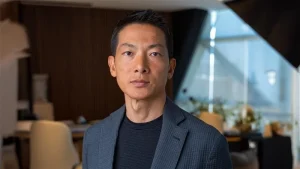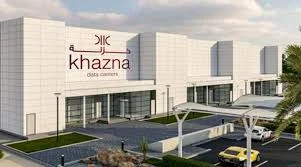A major new data centre project is taking shape in the United Arab Emirates as G42 and Microsoft unveil plans for a 200-megawatt facility through G42’s subsidiary, Khazna Data Centres. The announcement follows Microsoft’s $15.2 billion investment package to strengthen the UAE’s artificial intelligence and digital infrastructure capacity.
Expanding the UAE’s Digital Backbone
The data centre is scheduled to come online before the end of 2026 and will serve as a cornerstone of the country’s sovereign cloud and AI ambitions. It is being developed by Khazna Data Centres, which specialises in hyperscale and sovereign-grade infrastructure.
Microsoft’s investment in the UAE is structured across several phases, with $7.3 billion committed through 2025 and a further $7.9 billion allocated for 2026 to 2029. Together, these funds aim to scale high-performance computing power, cloud services, and AI systems within the region while ensuring data sovereignty and compliance with local regulations.
A Partnership with Strategic Depth
For G42, the deal represents a continuation of its mission to build what it calls the “Intelligence Grid”, a secure, high-capacity digital network designed to support industries and governments in the AI era. Microsoft, meanwhile, gains a stronger operational foothold in the Gulf, aligning with its strategy to expand regional cloud infrastructure while working within the UAE’s digital transformation goals.
The UAE government has long sought to position the nation as a regional hub for AI and advanced technology. This collaboration is one of the clearest examples yet of how that vision is being realised through global-local partnerships.
Balancing Power, Data, and Regulation
At 200 MW, the project is among the largest of its kind in the Middle East, requiring significant energy, cooling, and cybersecurity measures. Beyond its technical scale, it also reflects careful navigation of export-control regimes that govern the transfer of high-performance AI chips. The United States has previously cleared advanced hardware exports to the UAE under the Microsoft-G42 framework, a move that underscored both countries’ deepening technological ties.
Energy efficiency will be a key challenge. The UAE’s climate makes cooling data centres particularly resource-intensive. How G42 and Microsoft handle power sourcing, water use, and sustainability will shape the long-term perception of the project.
Leadership Voices
Peng Xiao, Group CEO of G42, described the partnership as a “transformational step” toward building the Intelligence Grid that will empower industries and nations in the AI era. Microsoft President Brad Smith framed the deal as “more than data centres, it’s about powering the UAE’s future.”

Their comments underscore how both companies view the project as central to enabling AI innovation and strengthening local technological sovereignty.
Strategic Stakes for the Region
The 200 MW expansion is more than a boost in capacity; it signals the UAE’s growing status as an AI powerhouse in the Gulf. With greater compute resources hosted locally, businesses and governments will have faster, more secure access to AI and cloud platforms tailored to regional needs.
For competitors, it raises the bar. Other hyperscalers and regional cloud firms will face pressure to invest in sovereign-grade infrastructure or risk being outpaced in the region’s next wave of digital transformation.
Conclusion
As construction progresses, key indicators to watch include the facility’s sustainability metrics, its first operational phase timeline, and the level of enterprise adoption once services go live. If executed successfully, this partnership could redefine the technological landscape of the Middle East, establishing the UAE not just as a consumer of AI but as a producer of the infrastructure that powers it.











